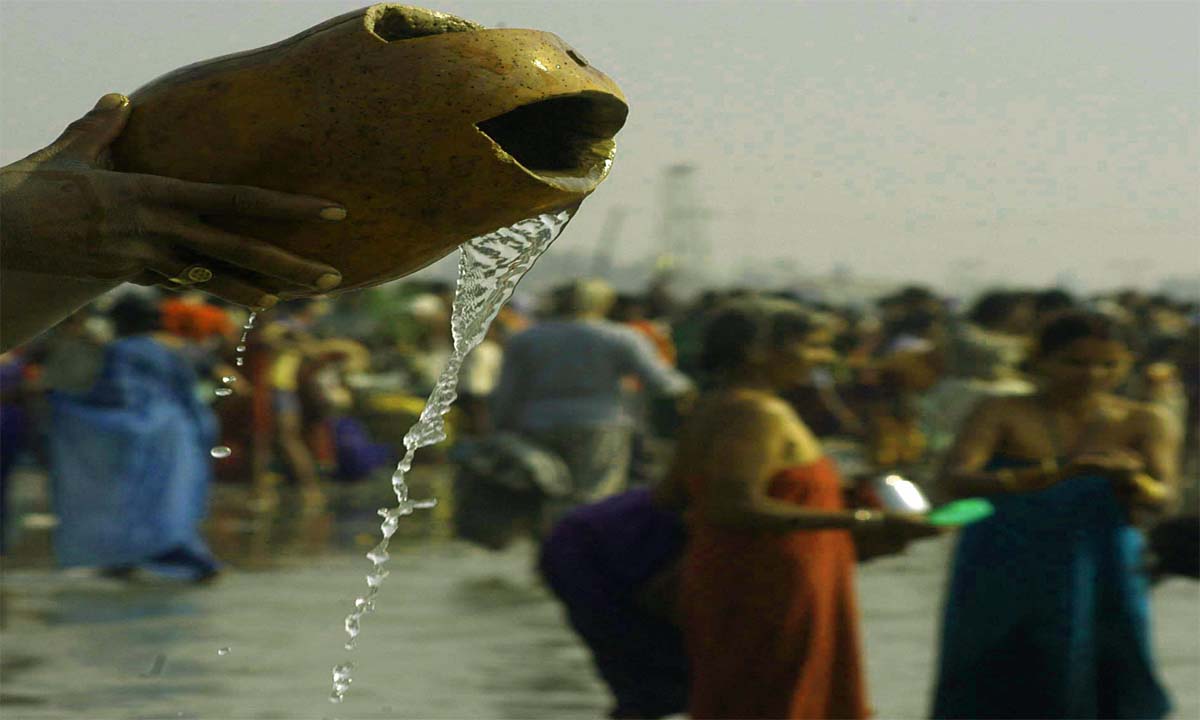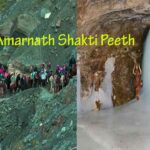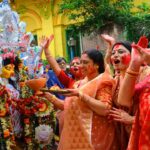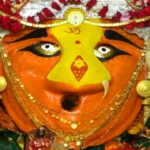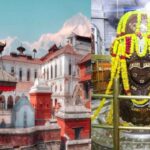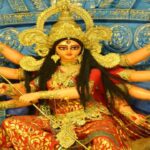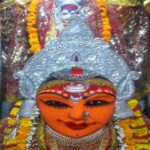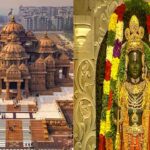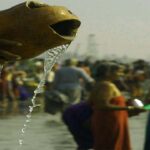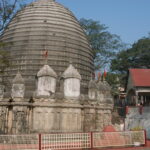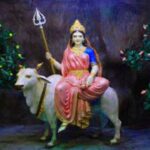Makar Sankranti is celebrated on the same day on 15 January every year but every 8years this date postponed by one day. According to legend, Devi Sankranti killed a demon named Sankarasur that day, is celebrated as Makar Sankranti An Auspicious Festival Of India.
Why Makar Sankranti An Auspicious Festival In India ?
Unlike other Hindu festival, Makar Sankranti is not dependent on position of the Moon, but on position of the Sun. Makar Sankranti is a day from which the northward movement of the sun begins. The period from Karka Sankranti to Makar Sankranti is called dakshinayan.
The fact is told that the spiritualism of the environment is on more higher level called ‘Chaitannya’ and devotees who involve in spiritualism practices can take advantages of this holy day. On this day the sun enters the zodiac sign of Capricorn.
How Makar Sankranti Celebrated To Different Parts Of India
The time from sunrise to sunset, a holy dip in the river Ganga, Yamuna, Godavari, Krushna and Kaveri at the holy places situated on the bank of these rivers acquire highest merit. The period of Makar Sankranti to RathSaptami is an auspicious period to donate or gift to anybody is most fruitful.
An offering of new vessels, clothing, foods, sesame seeds, jaggery, a cow, a horse, gold or land should be made depending on capability. On this day married women also offering some gift to each other is called ‘Haldi Kumkum’. Performing ‘Haldi-kumkum’ ceremony is in a way invoking the waves of dormant Adi Shakti in the universe to get activated.
Makar Sankranti is celebrated across India and is reffered to by different names among different regions. Sikhs and Hindus of northern India call it ‘Lohri’. While in central India it known as ‘Sukarat’.
Hindus in Assam called it ‘Bhogali Bihu’. Hindus in Tamilnadu and other parts of southern India call it ‘Pongal’.
Like many other festivals in India Makar Sankranti also celebrated with huge decorations. People wear new cloths, prepare many types of foods according to different culture and gift many things to other.
In Bengal every year a big Mela is held on Makar Sankranti at Ganga Sagar, where the river Ganga is believed to have dived in to the nether region and vivified the ashes of the sixty thousand ancestors of king Bhagirath.
This mega mela is attended by a huge number of pilgrims all over the world to take the holy dips into the river Ganga. The believe behind the holy dip taken in the river Ganga on Makar Sankranti is to get rid of their sins till date they have done previously.
In Tamilnadu people offer a Makar Sankranti Puja for the Sun God. They offer rice boil on milk and jaggery, as special ritual food to the God. They celebrate Makar Sankranti as their biggest festival ‘Pongal’ like Diwali.
In north India where December and January is the coldest months of the year. Huge bonfire lit on the eve of the Makar Sankranti which is celebrated as ‘Lohri’. Around the fire friends, relatives and family members gathers togather and offer rice, sugarcane, jaggery, til to the fire. The next day which is celebrated as ‘Maghi’. Punjabis performed ‘Bhangra’ dance in the festival.
The next day which is celebrated as ‘Maghi’. Punjabis performed ‘Bhangra’ dance in the festival. In Maharashtra people offer tilgul and til laddus which is made of sesame seeds, sugar and jaggery. Til polis are server in lunch.
In Gujarat they have almost the same ritual but Gujrathis have a tradition to offer gift to the younger members of the family. In Kerala 40 days anushthana by the devotees of Ayyappa ends on this day on Sabarimala with a big festival.
In Uttar Pradesh Makar Sankranti called as ‘Khichiri’. A big one month long mega mela fare begins in Prayag on this occasion and lakhs of pilgrims comes here to take holy dip in the river Ganga.
Once a 12 years Kumbh Mela also celebrated on Makar Sankranti. During this event people offer a prayer to the Sun and take bath to the river Ganga. It is said that Kumbh mela was started by a famous sage named Adi Sankara. Kumbh Mela held in Prayag where Ganga and Yamuna meets together called Sangam.
Frequently Asked Questions And Answers
Ques 1. What is Makar Sankranti celebrated for ?
Ans 1. On Makar Sankranti day Sun transit in to Capricorn Rashi and starting of long days after winter. On this special day Northern movement of Sun starting after completing Dakshinayan on Makar Sankranti. This festival is only celebrated on solar movement unlike other Hindu festival.
Ques 2. Why wear black in Makar Sankranti ?
Ans 2. Consider to be the coldest day of the year people wear black cloths to protect winter because black is more heat absorber than any other color.
Ques 3. Is it important to take bath on Makar Sankranti ?
Ans 3. Yes. It is a holy bath in river Ganga for escaping all sins. It is told that a strong and auspicious spirituality ‘Chaytanna’ is in highest level on Environment formed in this occasion and devotees should take advantage of this blessings with a holy dip in Ganga.
Ques 4. Can we eat rice on Makar Sankranti ?
Ans 4. Mainly Khichri is taken for lunch in most part of the country. But some Northern and Eastern part of the country people used to take soaked rice with sesame Laddu.
Ques 5. What to buy on Makar Sankranti ?
Ans 5. On this auspicious event people buy cloths, new utensils, household things and gold ornaments. Buying gold is a traditional asset creation on a special day.
